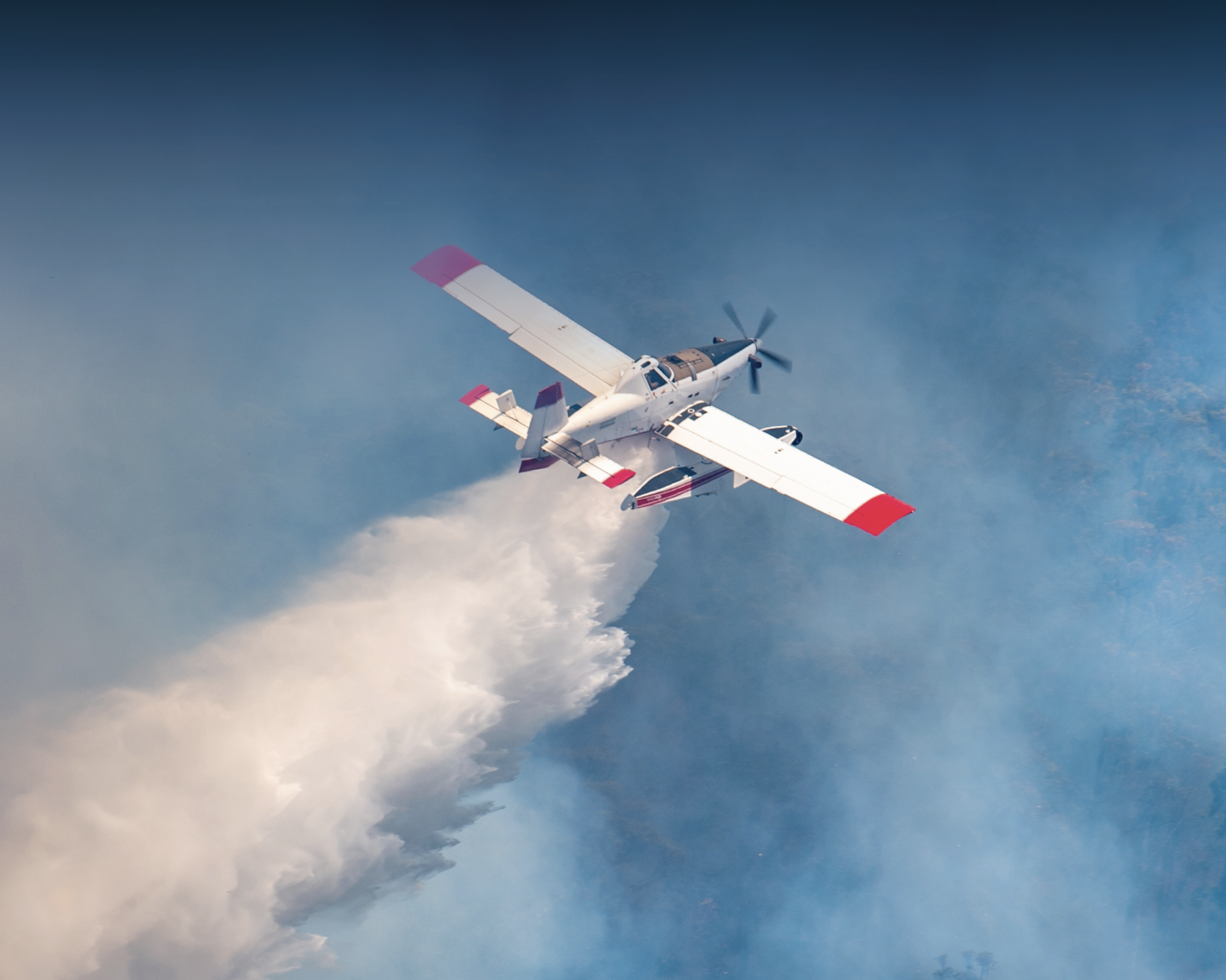Aerial firefighting has undergone a significant transformation over the decades. In the past, access to limited technology and basic strategies were employed to combat wildfires. However, over time, firefighting methods have evolved considerably. Modern aerial firefighting has become a sophisticated operation that involves advanced aircraft, state-of-the-art equipment, and real-time data to effectively eradicate wildfires. This blog will cover developments in aerial firefighting that are making operations easier, less time consuming and more effective for firefighting operators.
Imagine a world where aerial firefighting operations no longer rely on manual data sourcing, faulty transmissions and lagging systems. Telemetry has revolutionized the field of aerial firefighting by providing invaluable real-time data that guides firefighting efforts. By equipping firefighting aircrafts and helicopters with sensors, GPS systems, and communication devices, telemetry enables seamless transmission of vital information.
Real-Time Monitoring:
A key element of telemetry in aerial firefighting is real-time capturing and monitoring of data such as environmental conditions, personnel locations, and equipment status. This crucial information helps pilots make informed decisions while simultaneously transmitting data in real-time to ground teams and incident commanders to enhance decision making. Thanks to modern technology, incident response teams can now monitor and track data instantly on mobile applications backed by cloud technology. With the ability to continuously monitor these conditions, aerial firefighters can respond swiftly and proactively to the ever-changing dynamics of wildfires.
Optimised Resource Allocation:
Telemetry plays a vital role in optimising resource allocation during firefighting operations. By transmitting data on bucket capacity, fire intensity, location, and wildfire behaviour, aerial firefighting teams can make accurate assessments of the resources required to combat the wildfire effectively. Incident commanders can then allocate aircraft, ground crews, and equipment strategically, ensuring that firefighting efforts are focused on areas of greatest need. Telemetry empowers decision-makers to deploy resources efficiently, saving valuable time and maximizing the effectiveness of the response.
Enhanced Firefighter Safety:
The safety of firefighters is of paramount importance in any firefighting operation. Telemetry contributes significantly to enhancing firefighter safety by providing real-time updates on fire behaviour and potential hazards. With this critical information, aerial firefighters can better assess risks, adjust their strategies accordingly, and take necessary precautions to ensure their well-being. Telemetry enables incident commanders to closely monitor the locations and movements of firefighting aircraft, promoting safer coordination and reducing the risk of collisions or other accidents.
Additional Telemetry Unit (ATU)
ATUs, also known as Additional Telemetry Units serve as reporting tools, capturing essential contextual data. They record details such as the type and quantity of retardant deployed, the starting and ending positions along the fire front, locations where water is picked up, and the specific areas where different types of assets release retardant. This comprehensive dataset empowers ground systems and staff to calculate the cost per liter of retardant dropped, taking into account the diverse range of assets used. Additionally, it enables them to evaluate the effectiveness of various response strategies employed.
The TracPlus AFDAU-T1 Solution:
Among the advancements in telemetry systems, the AFDAU-T1 solution stands out as a remarkable tool for aerial firefighting agencies. Our advanced system offers automatic calibration, accurate data collection, easy installation, and seamless integration with other existing devices. Along with being USFS compliant, the AFDAU-T1 enhances the capabilities of firefighting agencies, enabling them to gather and report data more efficiently. By leveraging our leading solution, aerial firefighters can further improve their effectiveness, ensuring a safer and more efficient response to wildfires.
Aerial firefighting continues to evolve and the significance of telemetry is becoming increasingly relevant. With continuous advancements in telemetry systems, the future holds great potential for further enhancing the capabilities of aerial firefighting operations. Together, we can harness the power of telemetry to make a significant difference in protecting our communities and preserving our precious resources.
TracPlus offers the most comprehensive range of additional telemetry units (ATUs) in the market.
To discover which ATU best suits your needs, reach out to us today.
